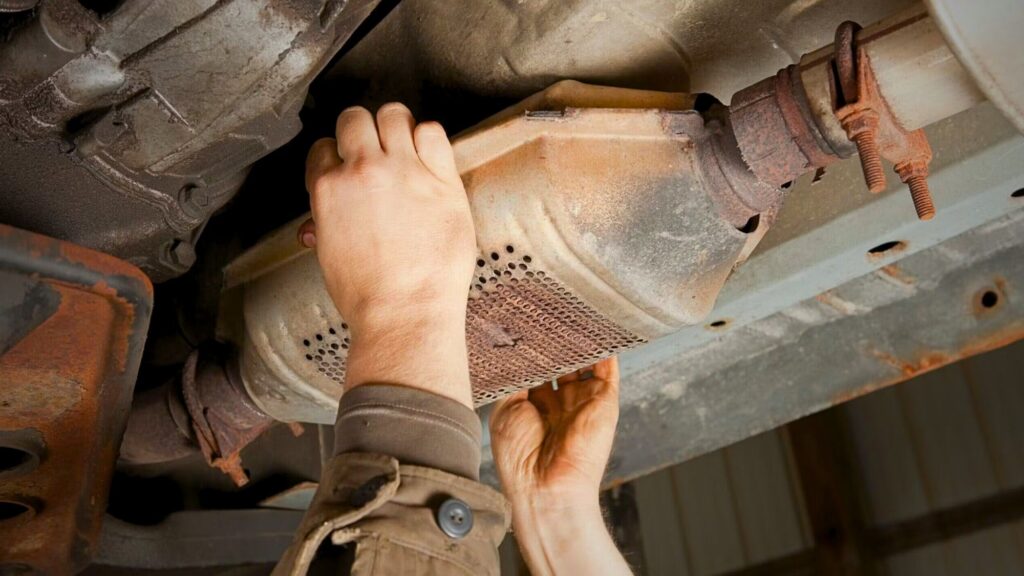Many car enthusiasts are deeply invested in boosting their car’s horsepower. Achieving this involves a series of adjustments and enhancements to critical car’s horsepower components, culminating in an impressive transformation of the car’s overall performance, speed, and agility. There’s a wide array of options available, ranging from tweaking the engine’s inner workings to optimising airflow and fine-tuning various settings. While the list provided isn’t exhaustive, it covers common modifications sought after to elevate horsepower.
These alterations cater to beginners exploring enhancements and seasoned veterans with decades of engine tinkering experience. Moreover, advanced customisations like installing a custom stainless steel exhaust system can significantly contribute to boosting car’s horsepower by improving the engine’s efficiency through reduced back pressure and enhanced exhaust flow. Enthusiasts continue to innovate, combining traditional methods with cutting-edge technologies, all in the relentless pursuit of extracting more power from their prized vehicles.
Swap In A Performance Air Filter:
Upgrading to a performance air filter can significantly enhance your engine’s performance by optimising airflow. These specialised filters are designed to improve the volume and cleaning services of air entering the engine and other engine issues. Engines operate as large air-handling systems, and increasing the air intake is crucial for improved performance. By installing a performance air filter, the engine can potentially experience up to triple the air intake compared to stock filters.
This simple modification, often cost-effective depending on your car model, amplifies the volume of air circulating within the engine. The enhanced airflow allows for more efficient combustion, potentially resulting in increased power output and better overall performance. Upgrading the air filter serves as an accessible yet impactful method to boost your car’s horsepower capabilities without extensive modifications.
Install A Performance Exhaust System:
Upgrading to a performance exhaust system expedites the expulsion of waste gases from the engine, facilitating a swift intake of fresh oxygen. These high-performance systems efficiently remove carbon monoxide and other exhaust byproducts, creating space for increased oxygen intake. By alleviating the restrictions typically imposed for regulatory compliance, they optimise airflow through the engine, a key factor in enhancing car’s horsepower.
When opting for an upgrade, a full system starting from the headers is recommended. Consider materials like titanium, known for their lightweight properties, which provide not just improved airflow but also potential weight reductions. A well-designed performance exhaust system not only amplifies engine efficiency but also contributes to overall performance gains by allowing the engine to breathe more freely.
Cold Air Intake:
A cold air intake kit, despite its seemingly small role, plays a significant part in your car’s horsepower efficiency. This aftermarket system specifically introduces cooler air into the internal combustion engine. Unlike the typical temperature regulation where warm air is provided when the engine is cold and vice versa, cold air intake kits focus on delivering colder, denser air to the engine.
The principle behind these kits lies in the fact that colder air is denser, containing higher oxygen levels crucial for a more vigorous combustion process. This increased density of oxygen-rich air allows for more efficient combustion within the engine, potentially leading to improved performance and heightened engine efficiency. Upgrading to a cold air intake kit can be a relatively simple yet impactful modification for enthusiasts seeking enhanced power and responsiveness from their vehicles.
Intake Manifold And Carburettor:
In older vehicles, usually manufactured before the 1980s, carburettors were the norm, featuring unique air intake placements, often located directly atop the engine. Upgrading the intake manifold and carburettor in these older cars parallels the impact of installing a cold air intake in modern vehicles. Replacing the intake manifold and carburettor in these classic car’s horsepower represents a significant modification akin to the way a modern vehicle benefits from a cold air intake upgrade.
These changes redefine how air is drawn into the engine, optimising the fuel-air mixture for better combustion efficiency, potentially resulting in improved performance and power output. Upgrading these components in vintage cars offers a comparable enhancement in engine responsiveness and overall driving experience.
High Flow Catalytic Converter:

The option to install a high-flow catalytic converter hinges on adherence to state emission regulations, as certain states restrict modifications to the catalytic converter for emission-related reasons. If permissible in your region, replacing the stock catalytic converter with a high-flow variant holds the potential to increase power output by enhancing exhaust flow.
By opting for a high-flow catalytic converter, you enable a freer passage for exhaust gases, potentially reducing back pressure and improving overall engine efficiency. However, it’s imperative to ensure compliance with state emission laws while considering this modification. Although the upgrade offers performance benefits, it must align with regulatory standards to maintain environmental compliance.
By upgrading engine components, optimising airflow, enhancing the exhaust system, and utilising advanced tuning techniques, enthusiasts can unlock additional power and performance from their vehicles. However, it’s crucial to approach these modifications carefully and seek professional advice to ensure the vehicle’s reliability, safety, and compliance with legal regulations.


